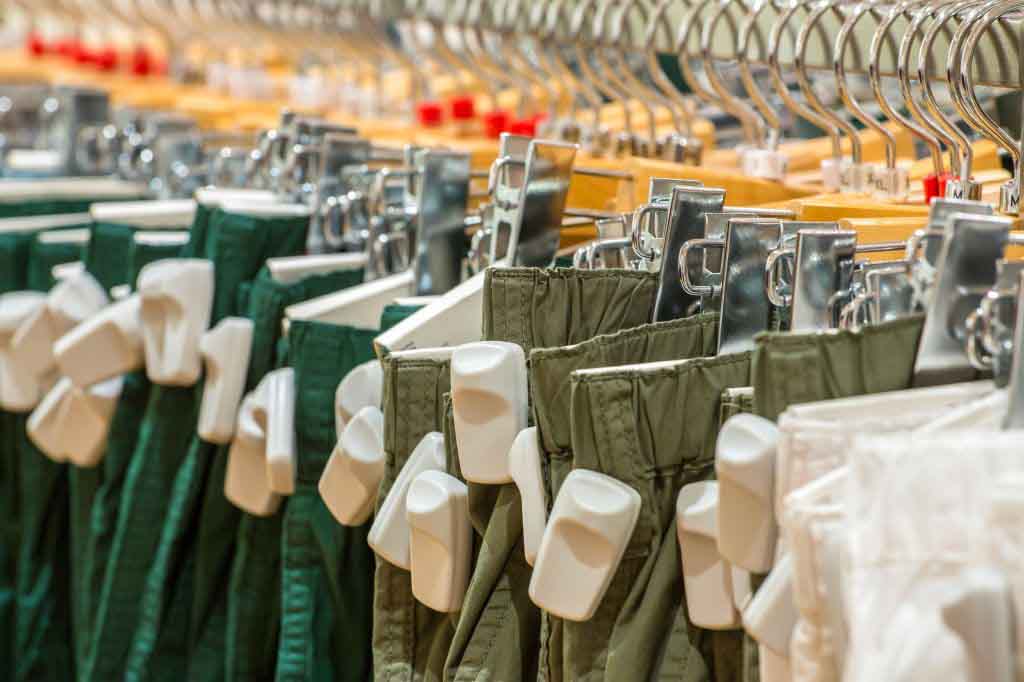Steps Stores Are Taking to Prevent Retail Theft
If you’ve gone shopping recently, you may have noticed security cameras strategically placed around the store, merchandise with electronic article surveillance tags, or signs that said something like “We press charges for shoplifting.” Retail theft is a larger scale crime than most shoppers think, and many retailers have started taking extra precautions to minimize the loss of merchandise.
Nationwide, more than $13 billion worth of consumer goods are stolen every year. Each state is responsible for implementing its own shoplifting laws in an effort to deter would-be thieves and reduce their loss. Illinois retail theft laws are particularly strict, and even someone who allegedly steals relatively little merchandise (less than $300) can still be charged with a Class A misdemeanor, which has a maximum penalty of up to one year in jail and a $2,500 fine.
In case the legal consequences are not enough of a deterrent, many Illinois retailers are implementing additional security measures in an effort to catch and punish a higher percentage of shoplifters. Some of the most common store security measures are outlined below.
Training Employees to Spot Potential Shoplifters
Many retailers train their employees to look for behavior that may indicate someone is planning to shoplift, such as loitering in the store for a long period of time, wandering aimlessly through the aisles, looking nervous, handling many pieces of merchandise, or appearing to conceal something in a bag or under an article of clothing.
Employees may be trained to approach people who they suspect of shoplifting and to say something like, “Is there anything I can help you with?” or “I saw you looking at the (item). Are you interested in purchasing it?” The idea is that once a potential shoplifter knows they are being watched, they will be less likely to attempt to steal.
Having employees look for suspicious behavior is a cost-effective way for retailers to combat shoplifting, but it sometimes also results in profiling. In fact, retailers Barneys and Macy’s landed in hot water (and faced lawsuits) last year after several black shoppers complained that they were racially profiled in the stores.
Rearranging Store Layout to Make It Easier to Spot Theft
 Some stores are choosing to widen their aisles, increase the space between displays, and set up different areas of the store so that multiple employees can see them from multiple angles in an effort to make potential shoplifters more conspicuous. Stores may also keep small valuable items in a display behind the counter, keep expensive items far from all store exits, and alternate the direction of hangers to make it harder to grab the merchandise. Clothing stores frequently place a limit on the number of items an individual can take into the dressing room and will have an employee count those items on the way in and out to reduce theft.
Some stores are choosing to widen their aisles, increase the space between displays, and set up different areas of the store so that multiple employees can see them from multiple angles in an effort to make potential shoplifters more conspicuous. Stores may also keep small valuable items in a display behind the counter, keep expensive items far from all store exits, and alternate the direction of hangers to make it harder to grab the merchandise. Clothing stores frequently place a limit on the number of items an individual can take into the dressing room and will have an employee count those items on the way in and out to reduce theft.
Installing Video Cameras and an Electronic Article Surveillance System
 Although these prevention methods are more expensive, some retailers find that it is worth it to install security cameras throughout the store and implement an electronic article surveillance (EAS) system. EAS systems involve outfitting merchandise with magnetic tags or clips that can only be removed by an employee at checkout. If someone tries to leave the store without paying for an item, the tag will trigger an alarm, alerting the store to a potential retail theft. Stores will also sometimes use less expensive, fake video cameras and fake EAS tags in an effort to deter casual, opportunistic shoplifters.
Although these prevention methods are more expensive, some retailers find that it is worth it to install security cameras throughout the store and implement an electronic article surveillance (EAS) system. EAS systems involve outfitting merchandise with magnetic tags or clips that can only be removed by an employee at checkout. If someone tries to leave the store without paying for an item, the tag will trigger an alarm, alerting the store to a potential retail theft. Stores will also sometimes use less expensive, fake video cameras and fake EAS tags in an effort to deter casual, opportunistic shoplifters.
Installing Convex Mirrors on the Ceiling
Convex mirrors are a subtle security addition that allow employees and store owners to have a wider view of the retail floor. Many retailers will install at least one convex mirror on the ceiling near the checkout point or the main entry/exit point so that employees working in that area are able to see everything that’s going on.
Pressing Charges, Even for Minor Thefts
Unfortunately for anyone who is accused of shoplifting, many store owners are choosing to press charges regardless of the age of the accused or the value of the merchandise allegedly stolen. Retailers can’t catch everyone, so they usually hope to ‘make an example’ of any shoplifters that they do catch in an effort to deter future crime in their store.
If you or a family member is charged with retail theft in Illinois, retain a skilled defense attorney as soon as possible. Store owners and prosecutors are taking this type of crime seriously, and you need to take it seriously as well if you hope to have your charges reduced or dropped.
About the Author:
Andrew M. Weisberg is a former felony prosecutor who now serves as a defense attorney in the greater Chicago area. He has extensive experience in handling all types of criminal cases, from sex offenses and domestic violence to retail theft-related crimes and drug crimes.







 Blog Home
Blog Home 










